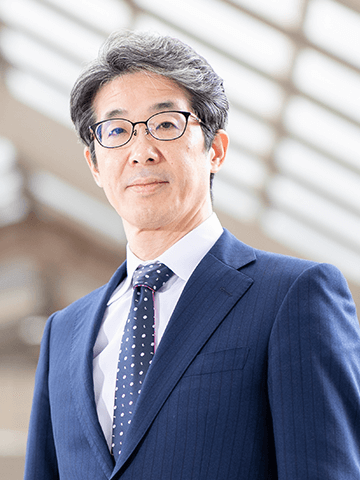Ophthalmology
- Autologous transplantation of oral mucosa epithelial cell sheets for cornea regenerative medicine
- Regenerative medicine for the corea using iPS cells
- Retinal implants for artificial vision and electrical stimulation to treat optic nerve damage
- Study of retinal diseases by optical coherence tomography
- Genome analysis for new treatments against glaucoma and age-related macular degeneration

Translational research for new clinical care in ophthalmology
1. Regenerative medicine of the cornea using autologous oral mucosa culture epithelial cell sheet transplantation
Allogeneic corneal transplantation has been used to treat a number of diseases including Stevens-Johnson syndrome, ocular pemphigus, etc. This treatment risks rejection and infection, which often lead to poor postoperative results. We have been developing a new transplantation method that involves preparation of the patient’s own mucosal epithelial cell sheets by culturing oral mucosal epithelial cells and have attained promising results in clinical trials [1]. We are currently waiting for approval to use this method as a regenerative medical product.
2. Development of corneal regeneration therapy using iPS cells
We have developed a novel method, SEAM, to differentiate human iPS cells into ocular cells in a manner that mimics whole eye development (Fig. 1 ) [2]. This method can induce corneal epithelial and endothelial cells and has been used to establish clinical application and regenerative medicine of iPS cell-based therapies.
3. Artificial retinal implants and suppression of optic nerve damage by electrical stimulation
There exists no effective therapies for blindness caused by the damage of photoreceptor cells. We are exploring whether vision can be restored by electrically stimulating regions from the retina to the visual cortex and have conducted acute clinical trials. We found that the stimulation can suppress the apoptosis of ganglion cells. We are also applying transcorneal electrical stimulation clinically and will begin treating refractory optic nerve diseases such as ischemic optic neuropathy following approval from ethics review committees. Beyond effective treatment, these tests aim to understand the physiological outcomes, such as improved visual acuity or enlargement of the visual field, and to identify which patients will most likely benefit from the treatment.
4. Optical coherence tomography to study the pathology of retinal diseases
We are using optical coherence tomography (OCT) and OCT angiography to study a long list of retinal diseases or trauma including age-related macular degeneration, retinochoroidal atrophy, polypoidal choroidal vasculopathy, central serous chorioretinopathy, retinal detachment, macular holes, among others. The purpose of this research is to clarify the pathologies and devise proper treatment plans. We are also working on clarifying the pathology of glaucoma.
【References】
1. Nishida K et al. New Engl J Med 351: 1187-1196, 2004. 2. Hayashi R et al. Nature 531: 376-380, 2016.








